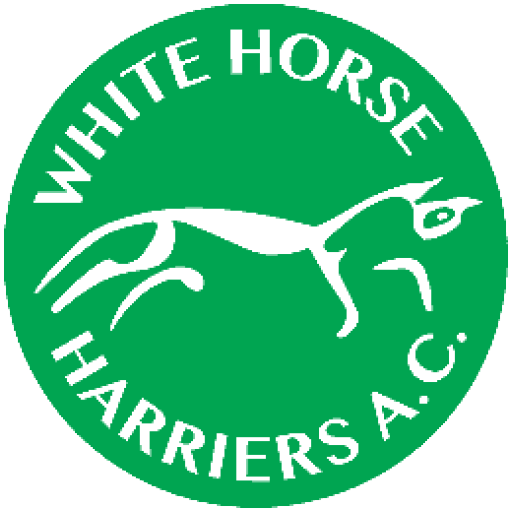Running Safety for all White Horse Harriers
Responsibility
As runners you have a responsibility to do your best to prevent harm to yourselves, your running partners or members of the public.
Running, however safely organised, carries a certain amount of risk and those taking part need to be aware of those risks in order to manage them. Good preparation before running can minimise and avoid foreseeable risks.
Briefing
WHH Coaches and Run Leaders will always conduct a short pre-run briefing before each session starts, including details of the route to be taken and planned distance for the session. The briefing session should be relative to the ability level of the group.
Runners must inform a WHH Coach / Run Leader or other person within the group, if they are leaving or taking an alternative route to the group.
Runners maybe split into ability groups. WHH Coaches or a nominated leaders should keep watch for back markers and check all are coping with the session.
Evening Runs
All Harriers are advised to wear reflective clothing, safety bib/hi-viz vests when running in poor visibility or at night. Lights are also essential for all off-road running and provide added safety in lit areas especially through the winter evenings
Roads & Traffic
When running on roads WHH recommends you do not wear headphones as you are less likely to hear vehicles or other road or footpath users and there is a history of associated accidents.
WHH uses a number of on and off-road running circuits, with variations on these to extend or reduce the distance of the runs. We will informally assess these routes on a constant basis and will make changes to the routes where it is felt that safety may be improved.
WHH also relies on you, the runners, to report any problems like damaged pavements, potholes, poor visibility whilst running these routes.
All runners are expected to look out for each other at all times. Please note and warn other runners of any trip hazards, livestock, dogs, slippery surfaces, etc as the session progresses.
Runners should warn other runners regarding traffic, but individuals are responsible for road crossing.
Runners are advised to ignore any verbal abuse from pedestrians and any confrontation should be avoided.
Traffic
- Always select a safe route to cross roads and avoid crossing in blind spots, near parked cars etc.
- Aim to cross roads in single file rather than all pouring across together as this is not only dangerous but it will annoy other road users and give the group a bad name.
- Don’t assume that car drivers can see you just because you can see them.
- During the winter months when light is poor, please wear reflective clothing and hi-viz safety bibs.
- On country roads with no footway you should run towards on-coming traffic so you can take evasive measures if necessary.
- On a session when runners are strung out some distance then it is helpful if a warning of ‘car coming’ could be shouted to those behind who may not have heard the approaching vehicle.
Environmental Conditions
- Hydrate properly before, during and after running.
- Make use of water and bring your own water bottle.
- Avoid running into the sun when on the road, as drivers may be dazzled and may not be able to see you.
- Post exercise, remove damp clothing as soon as possible and replace with dry.
- When light is poor wear reflective clothing.
Personal Limitations
- Know your limits of fitness.
- Following illness or injury take a conservative approach to resuming training and if in doubt seek medical advice.
- Seek medical advice from your doctor if you have a pre-existing medical condition that you think may place you at increased risk when running.
- Ensure you notify a Coach / Run Leader of any condition(s) you have which may affect your running and those around you.
Generic Risks
Please see the relevant risk assessment for further information.
